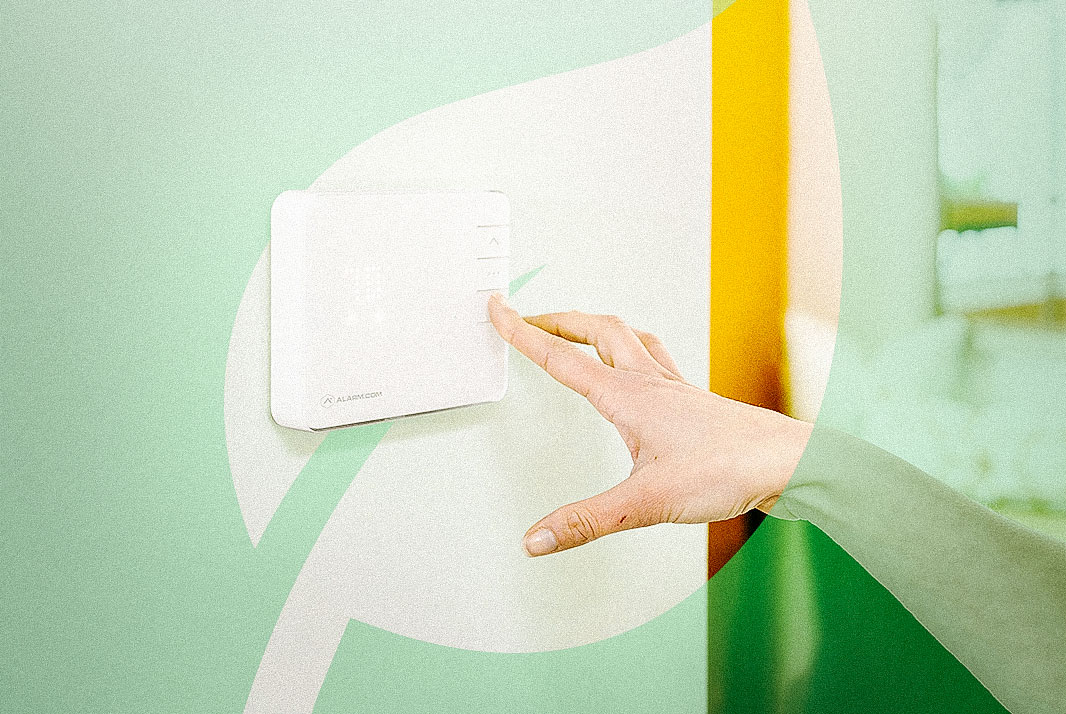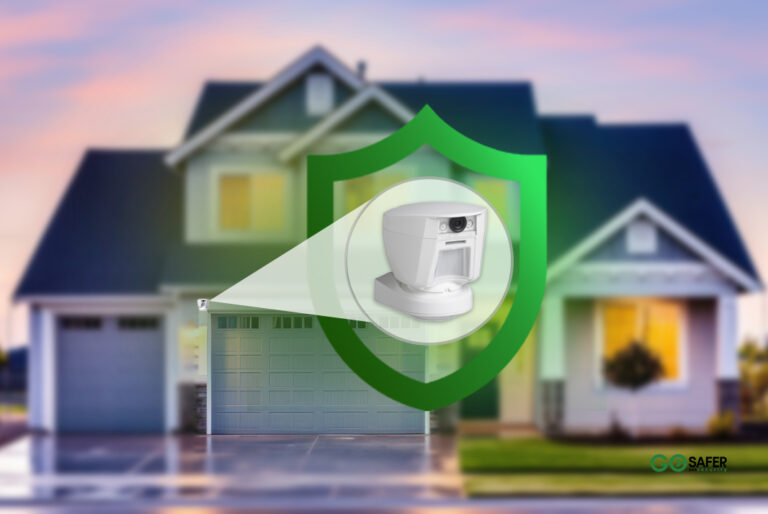Striving for a more sustainable lifestyle and greater energy efficiency is more important than ever. Enter the smart thermostat—a device designed not just for convenience but also for sustainability. But how exactly do these gadgets help reduce your carbon footprint?
Table of Contents
ToggleUnderstanding Smart Thermostats
Basic Features of Smart Thermostats
Smart thermostats come packed with features designed to make your life easier and your home more energy-efficient. They allow remote control via smartphone apps, offer learning algorithms to understand your schedule, and can integrate with other smart home devices.
How They Differ from Traditional Thermostats
Unlike traditional thermostats, which you manually set and forget, smart thermostats adjust the temperature automatically based on your habits and preferences. This automated efficiency reduces unnecessary heating and cooling, leading to energy savings.
The Environmental Impact of Traditional Thermostats
Energy Consumption Patterns
Traditional thermostats often lead to inefficient energy use. People frequently forget to adjust the thermostat when they leave home or go to bed, causing the heating or cooling systems to run unnecessarily.
Carbon Footprint of Non-Smart Thermostats
The continuous operation of HVAC systems due to outdated thermostats results in higher energy consumption and increased carbon emissions. This contributes significantly to the overall carbon footprint of a household.
How Smart Thermostats Contribute to Sustainability
Energy Efficiency and Conservation
Smart thermostats optimize your home’s energy use by learning your schedule and adjusting the temperature accordingly. This ensures that energy is used only when needed, conserving resources and reducing waste.
Reducing Household Carbon Emissions
By lowering your energy consumption, smart thermostats help reduce the amount of greenhouse gasses your home emits. This is a direct step towards lowering your overall carbon footprint and contributing to global sustainability efforts.
Key Features of Smart Thermostats That Promote Sustainability
Learning Algorithms
Smart thermostats use advanced learning algorithms to understand your daily routines and adjust the temperature for optimal comfort and efficiency. Over time, they get better at predicting your needs, further enhancing energy savings.
Geofencing
Geofencing technology uses your smartphone’s location to adjust the thermostat when you leave or approach home. This ensures your home is always at the right temperature when you arrive and saves energy when you’re away.
Remote Access and Control
With remote access via smartphone apps, you can adjust your thermostat from anywhere. Forgot to turn down the heat before leaving for vacation? No problem. Just open the app and make the necessary changes.
Integration with Renewable Energy Sources
Some smart thermostats can integrate with renewable energy sources like solar panels. This allows you to use more green energy and further reduce your reliance on fossil fuels.
Energy-Saving Benefits of Smart Thermostats
Customized Heating and Cooling Schedules
Smart thermostats allow you to create detailed heating and cooling schedules tailored to your lifestyle. This means your system runs only when needed, reducing energy waste.
Temperature Optimization Based on Usage
By analyzing your home’s energy usage patterns, smart thermostats can optimize the temperature settings to ensure maximum efficiency. This not only saves energy but also keeps your home comfortable.
Reducing Wasteful Energy Consumption
Through features like occupancy sensors and adaptive algorithms, smart thermostats minimize wasteful energy consumption by ensuring the HVAC system operates only when necessary.
Economic Benefits of Using Smart Thermostats
Lower Utility Bills
One of the most immediate benefits of smart thermostats is the reduction in utility bills. By optimizing your energy use, these devices can save you a significant amount of money each month.
Long-Term Savings and ROI
Although smart thermostats may have a higher upfront cost than traditional ones, the long-term savings on energy bills and potential rebates can offer a substantial return on investment.
Smart Thermostats and Renewable Energy
Integration with Solar Panels
Smart thermostats that integrate with solar panels allow you to maximize the use of renewable energy. This not only lowers your energy costs but also reduces your reliance on non-renewable energy sources.
Smart Thermostats in Smart Grids
As part of a smart grid, smart thermostats can help balance energy demand and supply. This integration can lead to more efficient energy distribution and reduced strain on the grid during peak times.
Choosing the Right Smart Thermostat for Sustainability
Compatibility with Existing HVAC Systems
Ensure the smart thermostat you choose is compatible with your existing HVAC system. Some models may require specific wiring or system types.
Important Features to Look For
Look for features that enhance sustainability, such as learning algorithms, geofencing, and remote access. Energy reports and integration with renewable energy sources are also beneficial.
Popular Eco-Friendly Smart Thermostat Brands
Brands like Nest, Ecobee, and Honeywell offer smart thermostats with strong sustainability features. Researching these brands can help you find the best fit for your home.
Installation and Setup for Optimal Efficiency
DIY Installation vs. Professional Installation
Consider whether you want to install the thermostat yourself or hire a professional. While DIY installation can save money, professional installation ensures the device is set up correctly.
Tips for Optimal Placement and Setup
Place the thermostat in a central location away from direct sunlight or drafts for accurate temperature readings. Follow the manufacturer’s setup instructions carefully to ensure optimal performance.
Maximizing the Benefits of Your Smart Thermostat
Regular Maintenance and Updates
Keep your smart thermostat updated with the latest firmware to ensure it operates efficiently. Regular maintenance, such as cleaning sensors, can also improve performance.
Using Data and Reports for Better Efficiency
Take advantage of the energy reports provided by your smart thermostat. Use this data to make informed decisions about your energy use and identify areas for improvement.
Future Trends in Smart Thermostats and Sustainability
Advances in AI and Machine Learning
As AI and machine learning technologies advance, smart thermostats will become even more efficient at predicting and adapting to your needs, further enhancing energy savings.
Growing Integration with Home Automation Systems
The integration of smart thermostats with broader home automation systems will continue to grow, making it easier to manage all your smart devices from a single platform and maximize energy efficiency.
Common Challenges and Solutions
Overcoming Compatibility Issues
If your HVAC system is older or non-standard, you might face compatibility issues. Check the specifications of the smart thermostat and consult with professionals to ensure a smooth installation.
Ensuring Reliable Connectivity
A strong and reliable Wi-Fi connection is crucial for smart thermostats to function correctly. Ensure your home network is robust and consider using Wi-Fi extenders if necessary.
Conclusion
Choosing a smart thermostat is a significant step towards making your home more sustainable. By understanding the various features and benefits of smart thermostats, you can reduce your carbon footprint, save on energy bills, and contribute to a greener future. Make the switch today and enjoy the comfort and efficiency that smart thermostats bring to your home.







